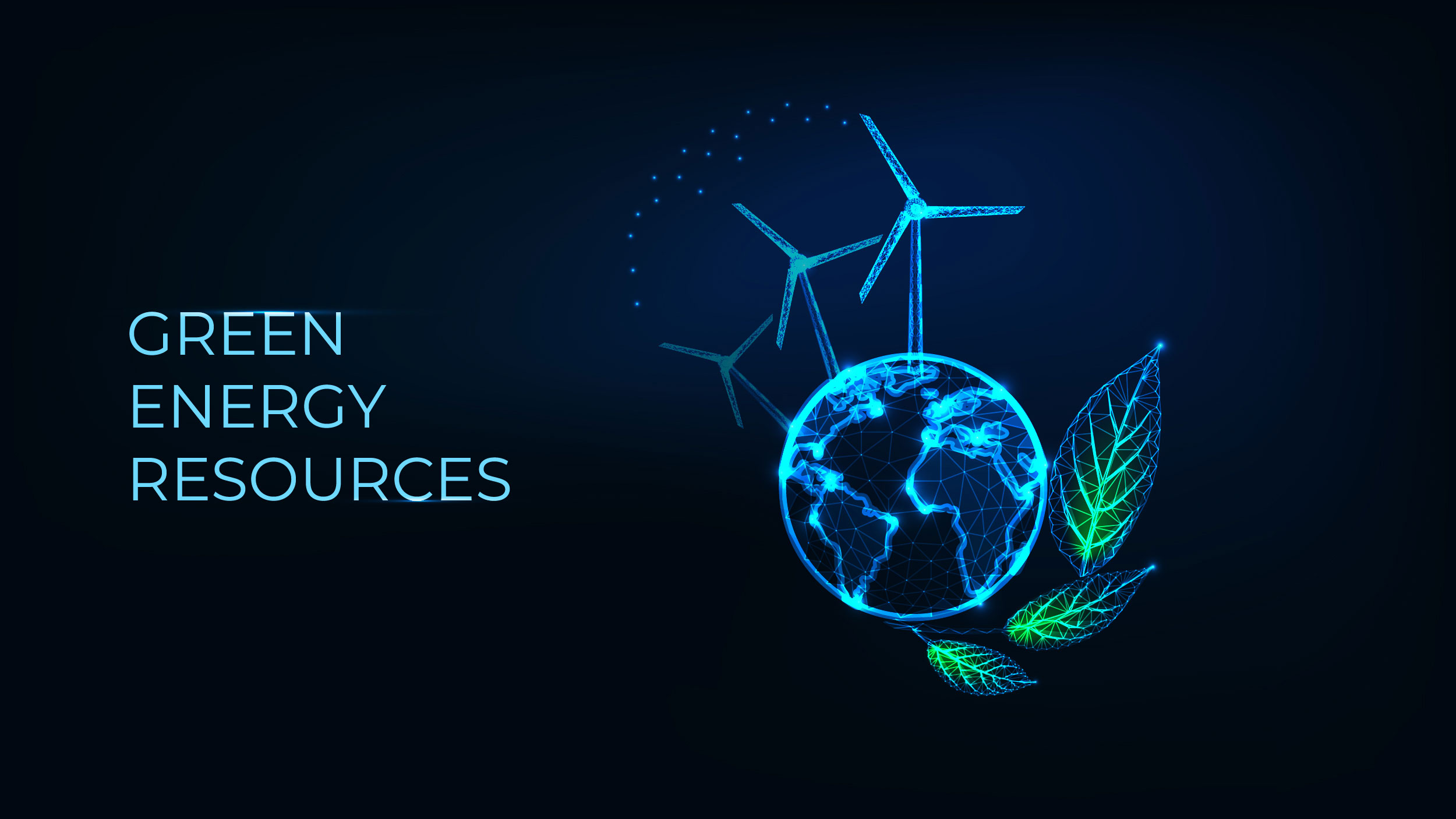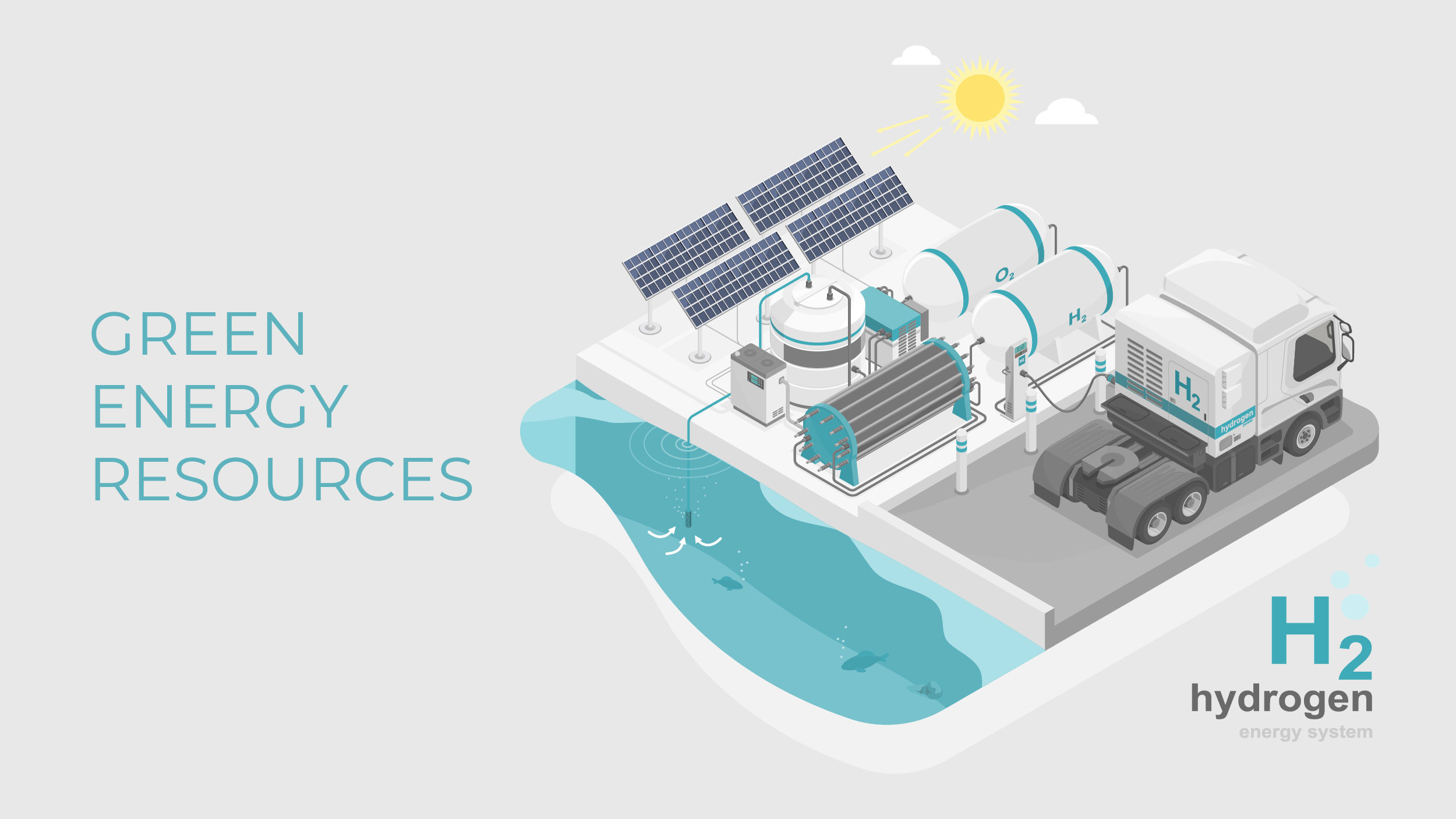The urgent need to switch to renewable energy sources has gained more attention in recent years. The promise of renewable energy has come into sharp view as the globe struggles with the effects of climate change and the depletion of fossil resources. The production of energy from renewable resources, such as sunlight, wind, and water, presents a promising way to meet our demands while reducing the negative environmental effects of more conventional methods. Unlocking the full potential of renewable energy today, however, requires constant innovation, scientific discovery, and technical improvement.
There is no denying that green energy resources or the renewable energy industry have advanced significantly in recent years. According to data from the International Renewable Energy Association (IRENA), total global installed capacity nearly doubled in the last decade to 13.5TWh.
And now, the catalyst of climate change and social consciousness around sustainability is clamping down on governments all over the world to phase out the use of fossil fuels. The majority of greenhouse gas emissions are attributed to energy and transportation, prompting a shift toward cleaner fuel sources.
Top 5 Green Energy Resources

Green energy resources are the only solutions that can transform the workings of the energy and power sector. Given below are the 5 green energy resources:
Green Hydrogen
Green hydrogen is a fuel created by the electrolysis of water using renewable energy resources such as solar or wind power rather than fossil fuels. One of the most appealing aspects of green hydrogen is its adaptability. It can be used as a liquid or a gas, and it can supply clean electricity or fuel to a variety of industries.
Green hydrogen has the potential to benefit ammonia production, chemical and fertilizer production, food processing, metallurgy, oil refining, steel manufacturing, transportation, and a variety of other industries. Even better, hydrogen is virtually limitless. Hydrogen atoms account for roughly 90% of all atoms, implying that there is more hydrogen in the universe than anything else. Furthermore, it produces only oxygen as a byproduct, making it pollutant-free.

Bioenergy
Bioenergy is a renewable energy source derived from biomass, which is an organic matter derived from recently living organic materials found in places such as ponds and landfills. Biomass generates energy in a variety of ways, including by burning it to generate heat or by capturing methane gas and converting it into biofuels like biodiesel and ethanol. As long as lockdowns are lifted, biogas is expected to recover alongside gasoline and diesel fuel, returning to pre-pandemic production levels.
Geothermal Energy
Geothermal energy has the potential to be the most dependable renewable energy source available today. The temperature of the Earth’s surface varies and at times feels cool or even frozen. However, there is extremely valuable and dependable thermal energy just two meters beneath the surface. Whether the sun is shining or not, the temperature at this depth remains constant at 52-53 degrees Fahrenheit, which is warm enough to generate geothermal heat. It is now one of our most promising long-term energy efficiency options. Taking advantage of the ground’s constant thermal energy is also very cost-effective, making it a popular choice among consumers.
Hydropower
Hydropower is the most widely used renewable energy source in the world, accounting for 54% of renewable energy generation capacity. While hydroelectricity is widely used in the United States and other countries around the world, China is the current leader in hydroelectric generation. Mechanical energy from moving water is used to generate electricity in hydropower. The operational costs of hydropower are relatively low, and hydropower produces little to no greenhouse gas emissions. The main environmental impact of a dam is that it alters the ecosystem and physical characteristics of the river by creating a reservoir or diverting water to a hydropower plant.
Wind Power
Despite the fact that people have been harnessing the energy generated by air movement for hundreds of years, modern turbines represent significant technological advances over early windmills and even turbines from just ten years ago. Wind turbines produce no greenhouse gasses, but because a wind farm consists of dozens or more widely spaced turbines, it necessitates thousands of acres of land. Lone Star, for example, is a 200 MW wind farm on approximately 36,000 acres in Texas. However, the majority of the land between the turbines can still be used for farming or grazing.
The average turbine size has steadily increased over the last 30 years. New onshore turbines today typically range from 2 to 5 MW. The largest offshore production models can generate 12 MW, and some innovative turbine models in development are expected to generate more than 14 MW in offshore projects in the coming years.
Green Energy Consulting
Green energy consulting refers to organizations that offer advisory services in the fields of sustainability and renewable energy, offering added-value solutions to enterprises looking to cut their energy usage and create new value. Project management, engineering, carbon management, and strategy development are a few examples of these consulting services. Businesses, governments, and organizations looking to promote sustainable energy practices can choose from a range of services provided by organizations like Accenture, Green Energy Consulting, Green Energy Consultancy, and others in the industry.
In order to help customers reduce energy consumption, enhance energy efficiency, and adopt sustainable practices, the consulting firm will work with them to assess their present energy use, identify areas for improvement, and offer solutions. Additionally, the consulting company will help clients find and use renewable energy options and assess the environmental and financial advantages of various sustainability efforts. Depending on the requirements and objectives of the client, a different scope of work and set of services will be offered.
Winding It Up
Numerous nations and businesses are aiming to enhance their usage of green energy business practices as part of a sustained effort to mitigate climate change and advance sustainability. To increase the effectiveness of renewable energy systems and lower energy consumption, efforts are being undertaken to develop novel materials and technologies. Positive growth predictions are made for renewable energy sources, and it is anticipated that they will keep playing a significant part in energy production in the future. However, the creation and application of green energy resources need thorough planning and consideration of cost-effectiveness, sustainability, and the effects on economic growth.




